Return of the SVO Mustang Seems Inevitable
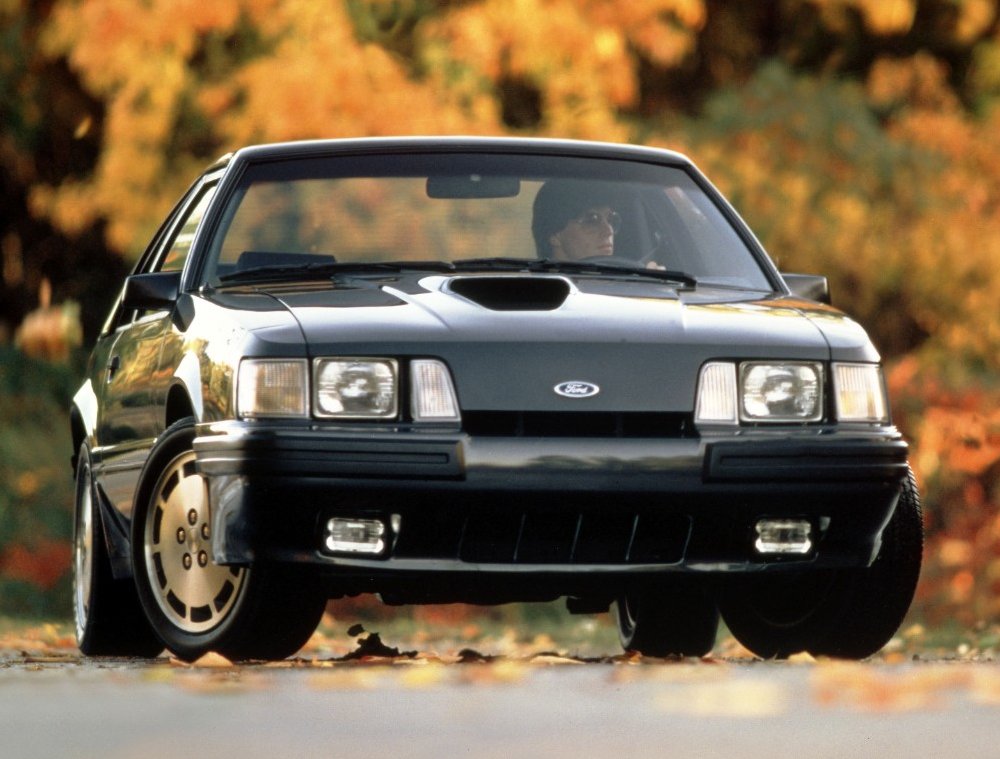
Harsher emission standards, rising fuel prices and Ford’s love of nostalgia point to a high performance Mustang with a turbo-four.
When Ford introduced the 2.3L High Performance Package earlier this year, many people wondered if this was the return of the SVO Mustang. When the folks from Motor1 asked a Ford representative if the 2.3L High Performance Package was a modern SVO, that rep said “not this one”, suggesting that there may be an even hotter four-cylinder Mustang on the way.
That doesn’t come as a huge surprise, given the concerns over rising fuel prices and the demand for more fuel-friendly performance vehicles. In fact, with the direction of the industry as a whole, it seems inevitable that Ford will offer up a modern day, premium performance version of the Mustang with the small EcoBoost engine.
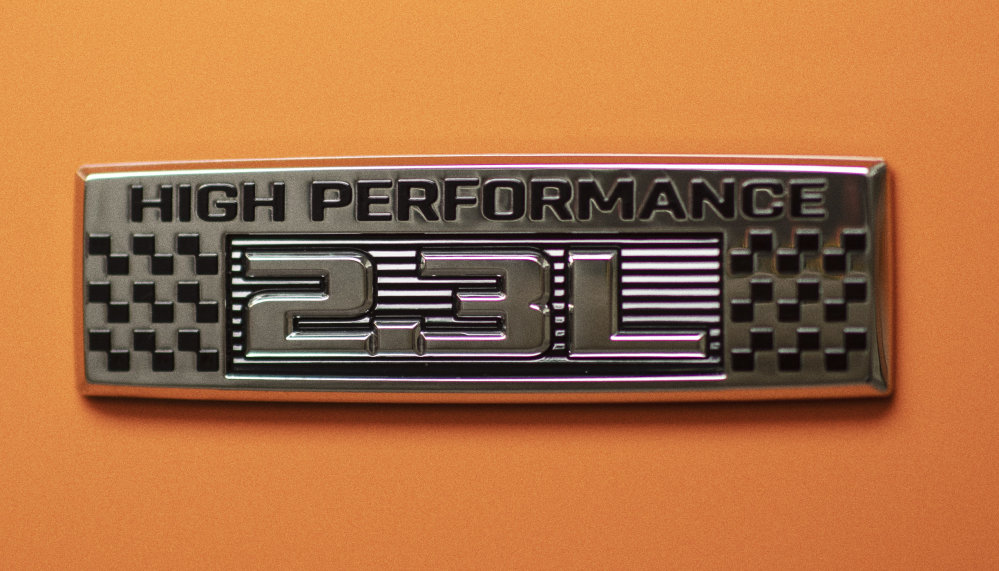
Original SVO
When the original SVO Mustang was introduced by Ford’s Special Vehicle Operations Department for the 1984 model year, they opted for the turbocharged 2.3-liter four-cylinder engine rather than the 5.0-liter V8 for a variety of reasons. Most notably, the concern of rising fuel prices led to a demand for more fuel-efficient vehicles, so there was a general down-turn in sales of V8-powered performance cars. In theory, that SVO Mustang would appeal to someone who wanted a performance car that didn’t consume as much fuel as a big V8.
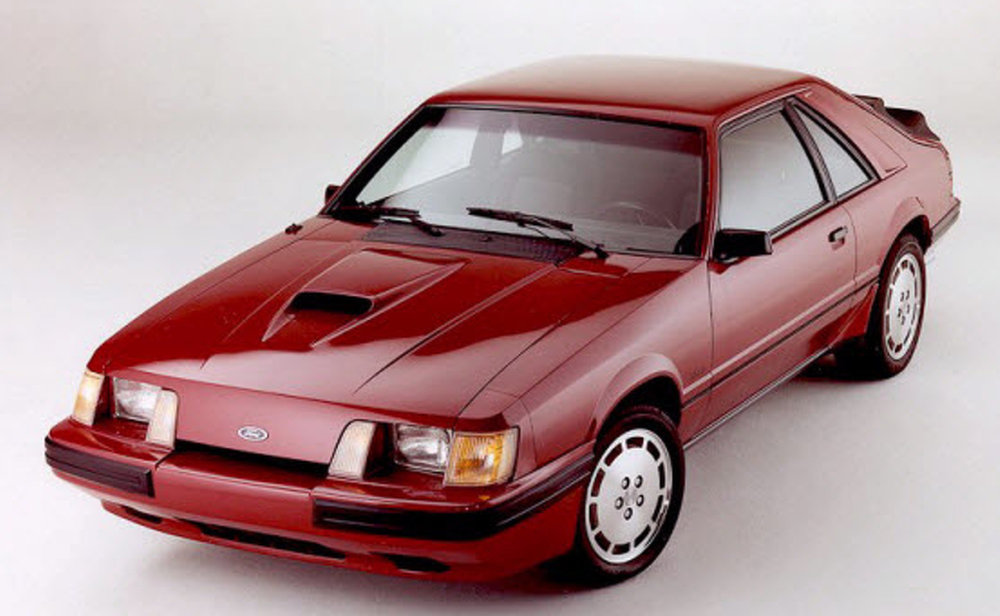
The 1980s were also a key point for a broadening concern over vehicle emissions, and the turbocharged four-cylinder was technically “cleaner” than the V8. This aspect would also appeal to those folks who liked the idea of a fuel-friendly performance car, but with many people across the industry believing that the end of the V8 could be near, the goal was to make the SVO Mustang a performance car that everyone would enjoy.
Does any of that sound familiar? While we are 35 years into the future from when the original SVO came to market, we are once again looking at heightened emission regulations, higher expectations of fuel economy and an overall market trend towards smaller, more efficient engines. We are once again hearing rumors that the end of the V8 is near, forcing automakers to develop new, smaller engines that can deliver the same punch as the big V8.
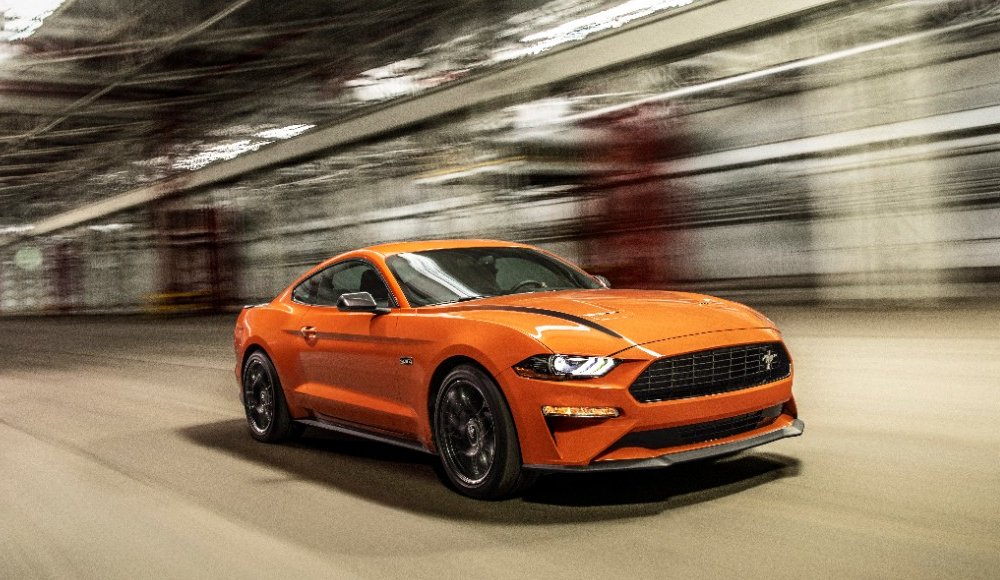
When you consider the advancements in technology over the past decade, there has never been a better time than now for something like the original SVO Mustang to return and this time, it could be more than a niche vehicle.
SVO Then & Now
The heart of the original SVO Mustang was the turbocharged 2.3-liter engine that delivered the same 175 horsepower as the 5.0-liter V8 in 1984. During the lifespan of the SVO package, it offered roughly the same horsepower as the GT each year but more importantly, the SVO package featured a long list of performance-minded components that the GT did not.
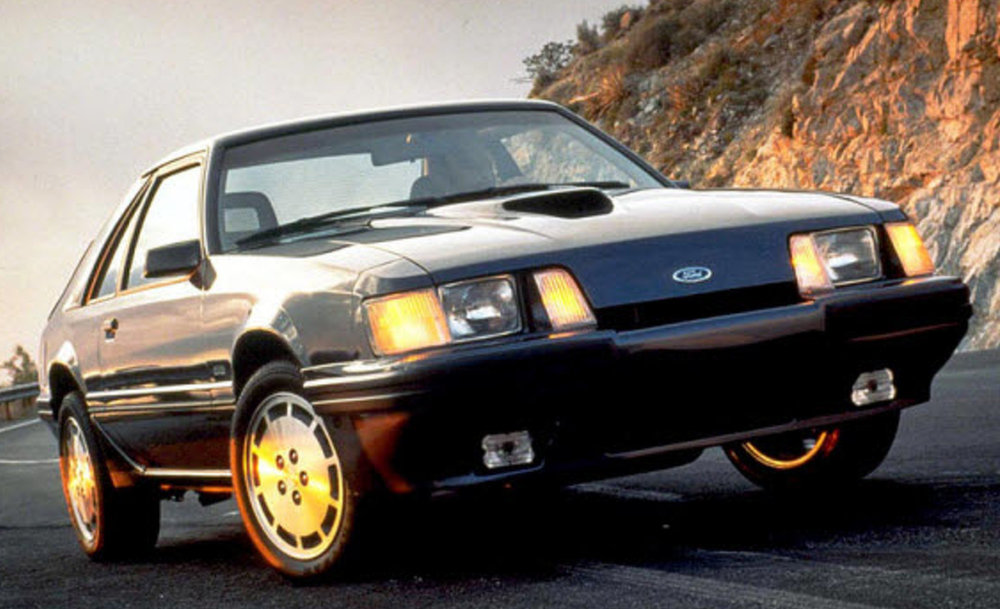
Since the SVO engine was lighter and sat behind the front wheels, the engineers were able to revise the front suspension setup along with adding unique high performance dampers from Koni at all four corners. Also unlike the Mustang GT, the SVO came with a sport-tuned, power-assisted rack-and-pinion steering system and four-wheel disc brakes tucked under 16-inch aluminum wheels wrapped in Goodyear Gatorback tires.
In short, the original SVO Mustang came with higher-performance handling and braking bits than the V8-powered GT while offering comparable power and a package that was lighter overall.
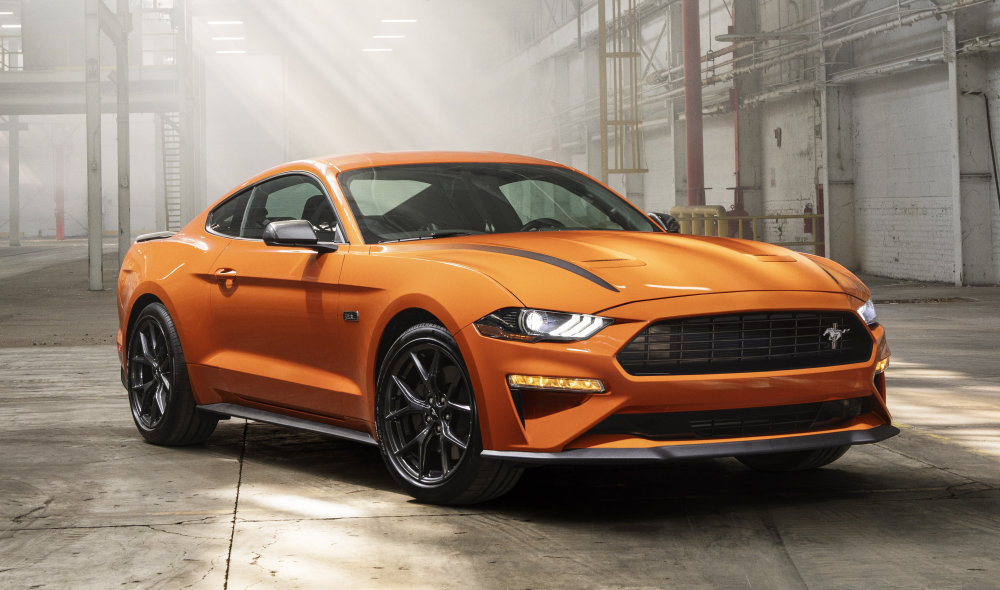
In the modern era, the Mustang GT offers such strong handling and braking performance that it would be hard for a new SVO to clearly best the GT across the board, but imagine this.
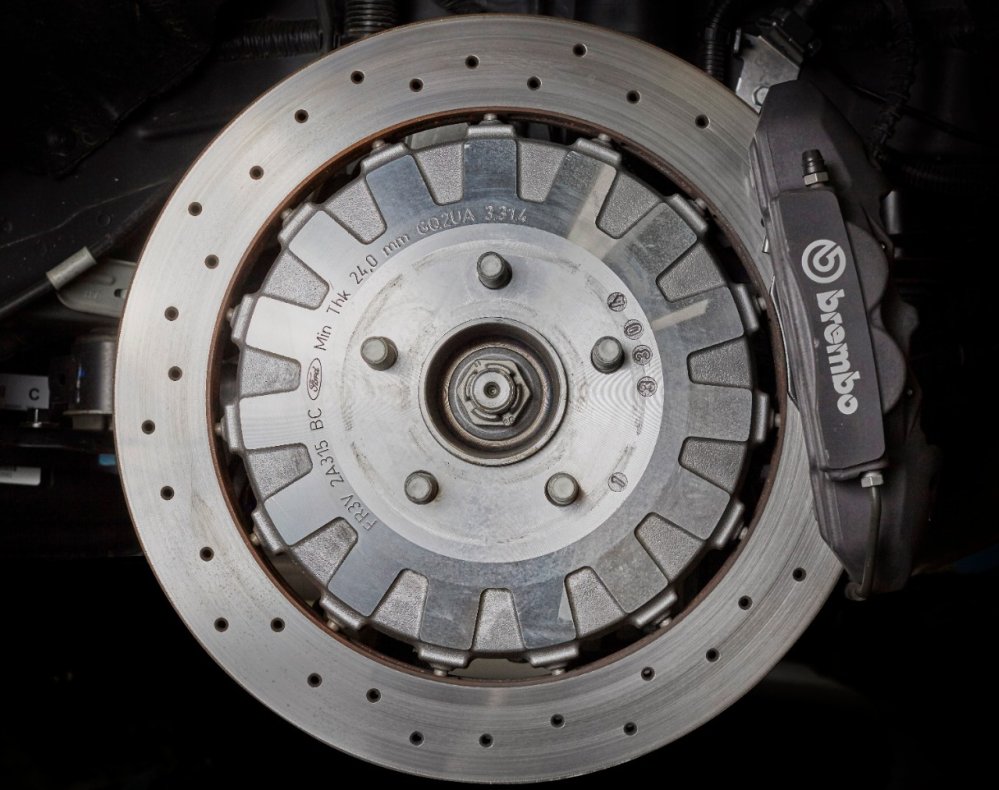
Start with a new Mustang with the 2.3-liter EcoBoost engine, add specially-tuned MagneRide dampers, the floating-rotor Brembo brakes from the Shelby GT350, the carbon fiber wheels wrapped in Michelin Pilot Sport Cup tires from the GT350 and some unique, lightweight body bits. This car would weigh less than a Mustang GT while surely cornering and braking better, but the tough part is the power.

The current EcoBoost Mustang offers 310 horsepower in standard form and 330 horsepower with the EcoBoost performance package, while the same basic engine delivers 350 horsepower in the Focus RS. The current Mustang GT with the 5.0-liter V8 offers 460 horsepower, so the Ford engineers would have to make some pretty serious revisions to the four-cylinder EcoBoost to get into the mid-400 range, but it is not impossible.
Fortunately, this modern SVO Mustang wouldn’t need to have the same power to offer similar performance and in the long run, it would need to compete in the modern performance world more than it needs to beat the GT.
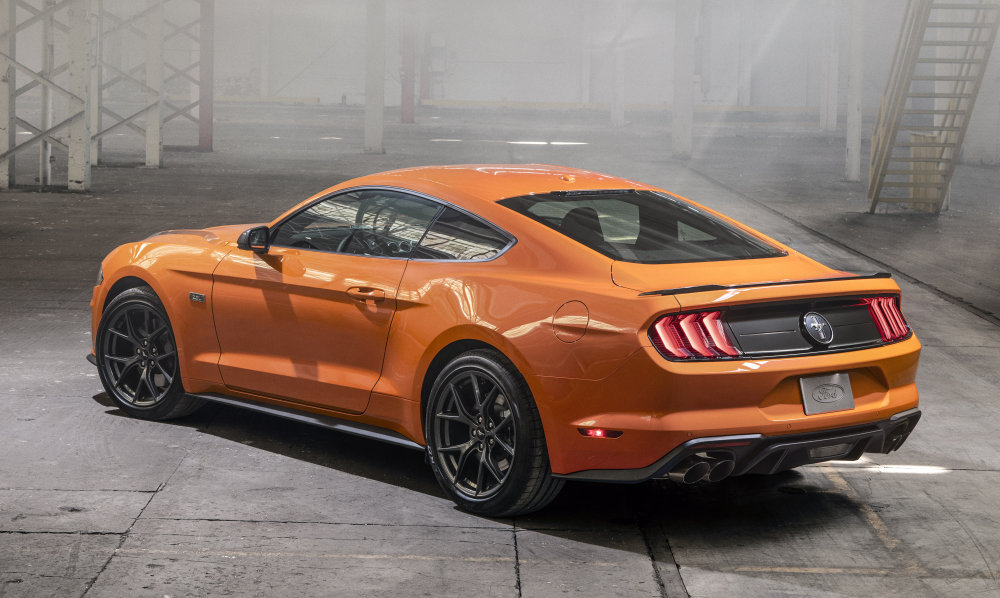
In the long run, a higher performance EcoBoost Mustang may not have the fancy wheels and brakes from the Shelby GT350, but it would not be hard for Ford to create a modern SVO which would outperform the Mustang GT.
